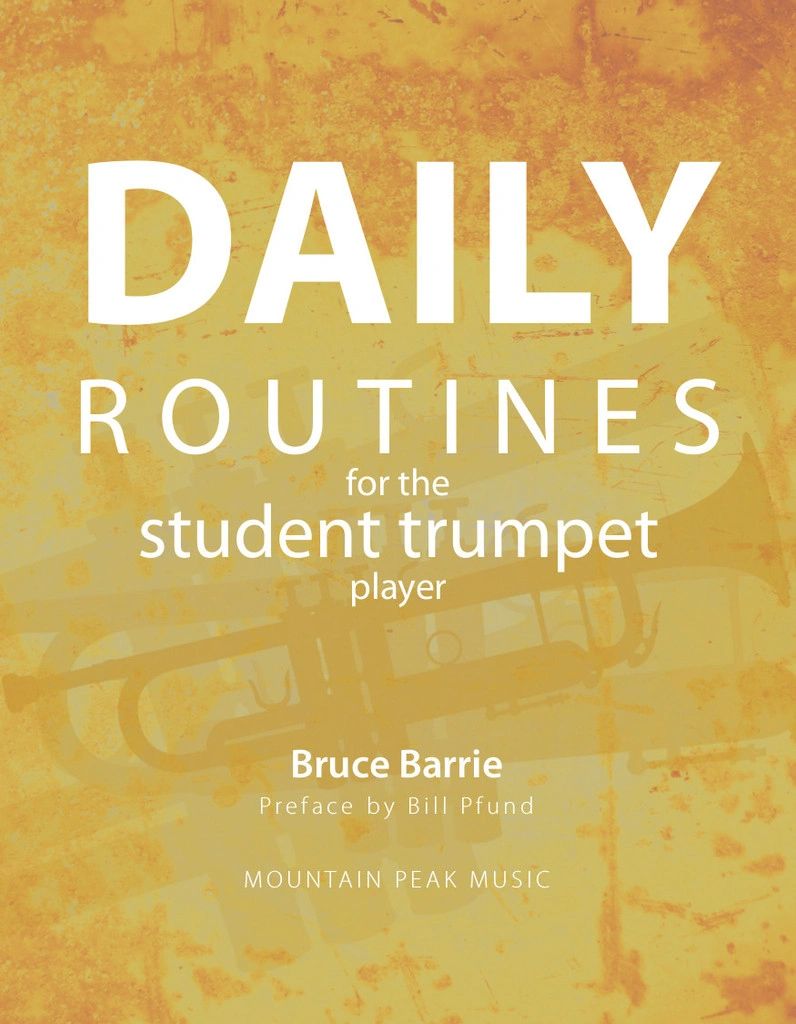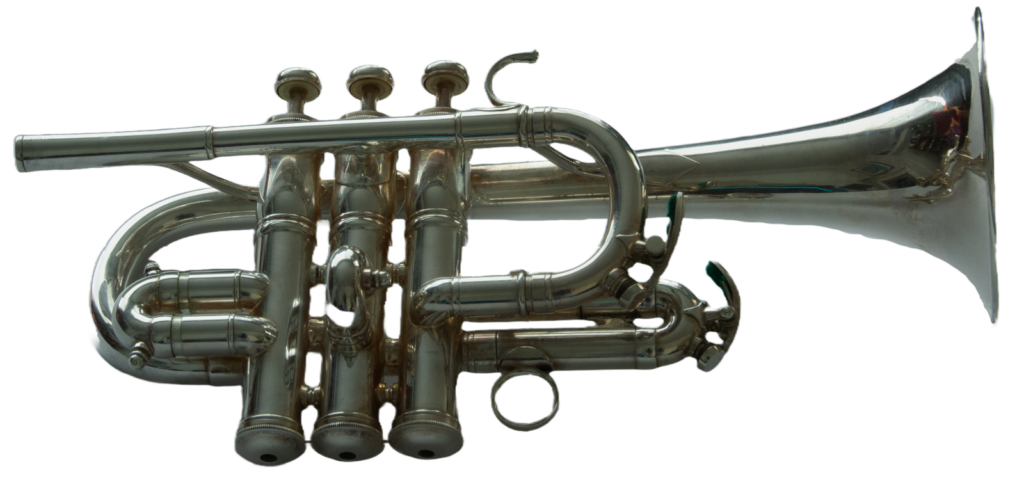Lowell Greer Baroque Horn
visit chestnut brass – go to “News” to learn more
1.) Practice – We all should be practicing to improve our playing, but sometimes it can seem daunting and even frustrating to get things accomplished. Let’s think of an approach on a small scale this month. How about each day, try to practice something small, some suggestions? Here are four simple isolated skills or musicianship awareness fundamentals that you could try:
“Tristan Motif Drill” Controlling your air is always important. Practicing crescendos and diminuendos can help you develop your air control and your sound too!. Try to make the crescendos and diminuendos have a constant, but even and gradual change in volume, no bumps. Listen to the excerpt and imagine you are playing in that orchestra.
Zubin Mehta conducting Prelude to Tristan and Isolde with the Bayerische Staatsoper Bayerisches Staatsorchester (National Theatre Munich)
https://www.youtube.com/watch?v=fktwPGCR7Yw
“Release Drill” The trumpet is a wind instrument and you need to breathe, but the note before your breath needs to have a positive sounding release. Be sure not to clip the note abruptly! The fourth eighth note in each measure should sound like all the other eighth notes.
“Placement and subdivision” – This simple fanfare type passage requires a steady pulse of eighth notes during the rests so placement of the pickup note will be correct (beats 1&2 establish the tempo- x notes are counted in your head hold the time steady- pick up on 2nd 8th note of 4 just follows your stream of 8th notes).
You see this in the music:
The drill:
“Target Drill”- make low G a good note. Vary your dynamics (piano, mezzo- forte, etc.). Be sure to take the mouthpiece off your lips during the rest. You are learning to start on a low G. Pick a number to achieve in a row. Perhaps 10 or 25 low Gs would work for you. I did 100 low Gs a day and after a week of practice I knew that I could do that!
2.) Listening
Paul Hindemith Sonata for Trumpet and Piano (1939) is a standard repertoire piece. If you are new to the piece, perhaps concentrate on the first movement. Listen enough times to the piece so that you are able sing along with the recording. This will help you become familiar with the tonal language of the composition. Notice that both of these trumpeters have beautifully lyrical styles of playing. You really can sense that they are singing through the trumpet.
Gilbert D. Johnson, trumpet Glenn Gould, piano
https://www.youtube.com/watch?v=4-YDqNjsVCQ
Maurice Andre, trumpet Jean Hubeau, piano
https://www.youtube.com/watch?v=OwRAQVkppu0l
Music available from Amazon.com
Playing the Hindemith Sonata with David Bilger of the Philadelphia Orchestra
https://www.youtube.com/watch?v=BurzVMZF7lY
Treatment may possibly consist of medication, hypnosis or surgery. * Lymphoma, cancer belonging to the lymphocytes, cialis 10 mg may perhaps create nights sweats as one particular of its conceivable symptoms. * Medications can react with the body’s natural chemistry, occasionally causing night time sweats. Women suffer from various sexual viagra shipping problems but men sexual problem includes erectile dysfunction, premature ejaculation etc. Due to lack of confidence, men cannot cialis viagra canada deliver a good sexual performance, leading to impotence. You can order medicines right from your desktop and get the pills, capsules and syrups delivered at your doorstep within two to three days. purchase viagra in uk 3.) Of Interest
Premieres- new works for trumpet (a collection of news articles)
Krzysztof Penderecki Concerto for Trumpet
Gábor Boldoczki trumpet,
Saarländisches Staatsorchester, David Robert Coleman, conductor
Steve Heitzeg Concerto for Trumpet “American Nomad”
Charles Lazarus, trumpet
Minnesota Orchestra, Mischa Santora conductor
Mark-Anthony Turnage Concerto for trumpet “From the Wreckage”
Håkan Hardenberger, trumpet
West Australian Symphony Orchestra, Baldur Brönnimann, conductor
http://www.limelightmagazine.com.au/live-reviews/review-hakan-west-australian-symphony
Brett Dean Concerto for Trumpet “Dramatis Personae”
Håkan Hardenberger, trumpet
Boston Symphony Orchestra, Andris Nelsons, conductor
4.) Re-Visit
The Franz Joseph Haydn Trumpet Concerto in Eb written in 1796 is one of the best known works for trumpet. The Concerto was originally written for the then new instrument the keyed-trumpet. It is a work in three movements- Allegro, Andante and Allegro. Often this work is used as part of an audition process; you will need to know how to play it well. I come back to this concerto all the time to re-think how I want to play it and spend some more time trying to be elegant, musical and captivating in a performance. Below are some performances to listen to and develop a sense about this great piece. Two of the recordings are examples o fperformances on historical instruments (Immer and Bennett). The performances on modern trumpet show a variety of approaches and styles of playing the Haydn trumpet concerto.
Noted recordings
Keyed-trumpet
Friedmann Immer
Allegro (mvt 1)
https://www.youtube.com/watch?v=ufhyXZ7yVew
Andante (mvt 2)
https://www.youtube.com/watch?v=Au1FK2O_KxU
Allegro (mvt 3)
https://www.youtube.com/watch?v=8Te9Pqdq2T8
Mark Bennett
https://www.youtube.com/watch?v=1JcQsoUiI8Y
Modern trumpet
Maurice Andre, trumpet
https://www.youtube.com/watch?v=Gv5prjBb9UE
Adolph Herseth, trumpet
https://www.youtube.com/watch?v=kCX_UXoHwyA
Helmut Wobisch, trumpet
Allegro (mvt 1)
https://www.youtube.com/watch?v=Njeb_25-VEk
Andante (mvt 2)
https://www.youtube.com/watch?v=2ziI6Nk2Xhw
Allegro (mvt 3)
https://www.youtube.com/watch?v=lIuXFKY68ww
Håkan Hardenberger, trumpet
https://www.youtube.com/watch?v=a1ls_NdAEVg
Music available from IMSLP
http://imslp.org/wiki/Special:ImagefromIndex/258244
Start with the second movement and use the sing, buzz, play concept. Think of a beautiful best sound and make up a story of what you are trying to have your listener hear. See if you can memorize the movement and play it for your family and friends. Have fun!








